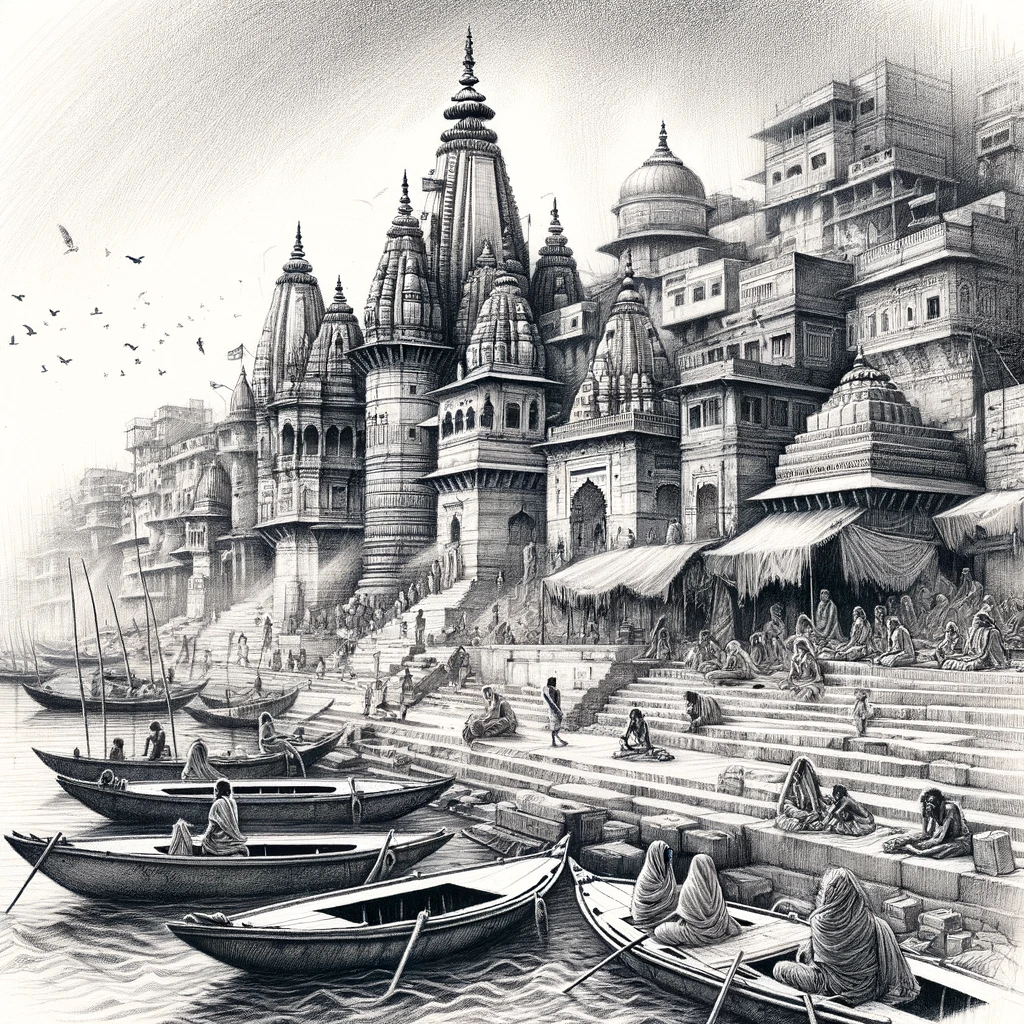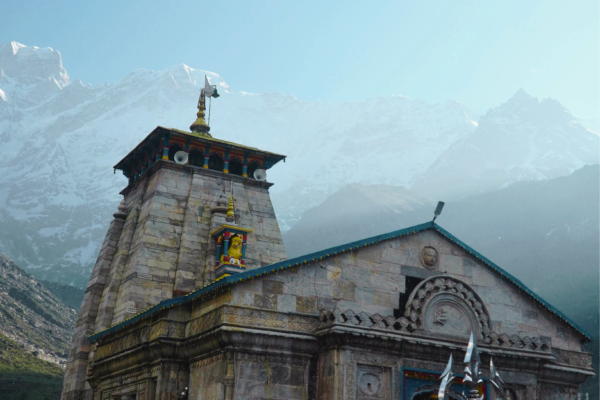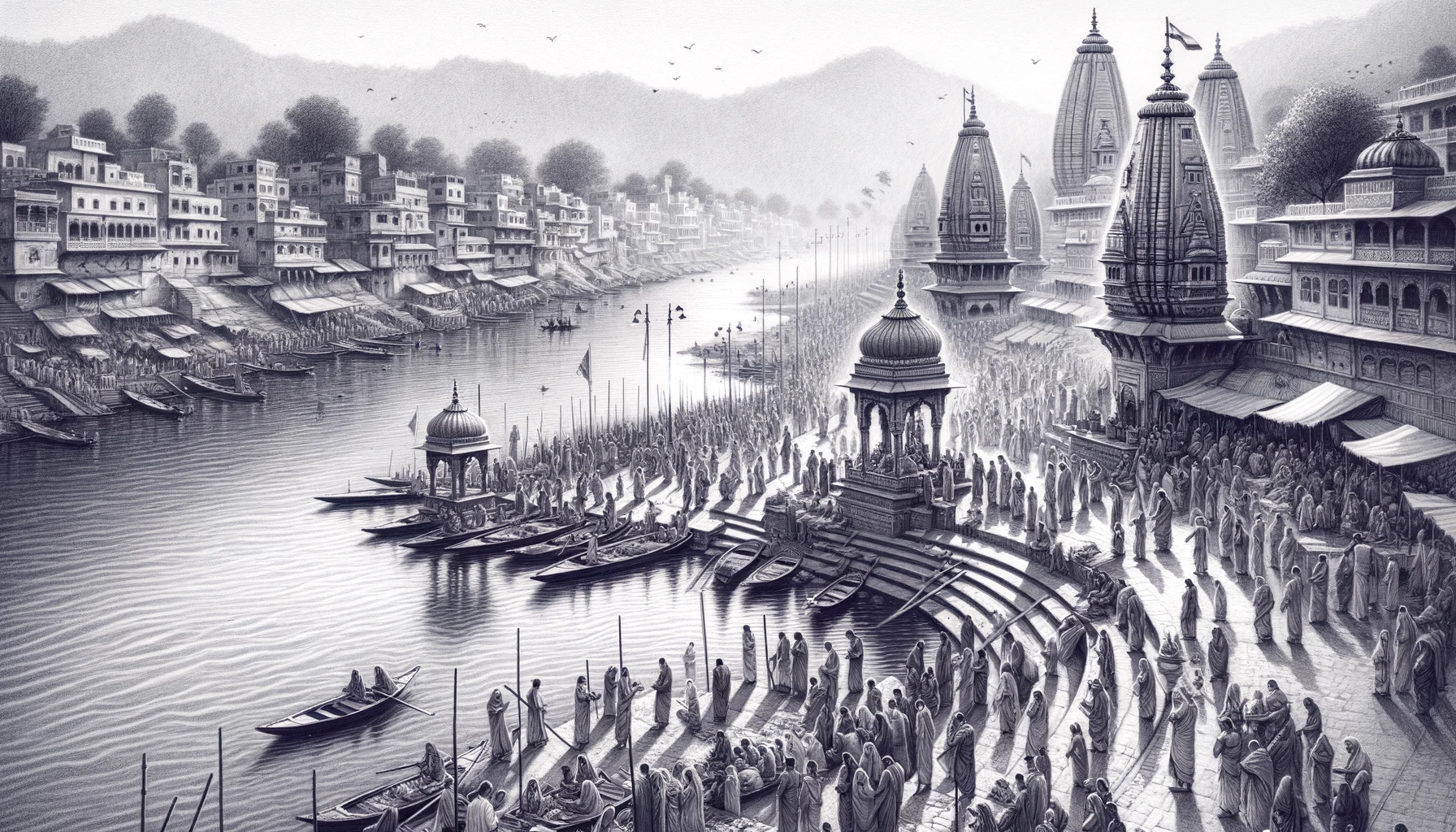In the heart of the Indian Deccan plateau, a distinctive architectural style known as Vesara emerged, blending the grandiosity of Dravidian temple architecture with the soaring aspirations of Nagara style. This fusion created a unique aesthetic that is both grounded and aspiring, reflecting the rich cultural interchange in the region. This blog post delves into the Vesara style’s inception, hallmark characteristics, and its most illustrious examples.
Origins and Evolution of Vesara Architecture
Historical Context
The Vesara style developed around the 7th century, reaching its zenith between the 12th and 13th centuries under the patronage of the Chalukya, Hoysala, and later the Vijayanagara empires. These dynasties, situated in the Deccan plateau, were at the crossroads of northern and southern India, both geographically and culturally. This unique position facilitated the synthesis of architectural ideas, giving rise to the Vesara style.
Geographical Spread
Predominantly found in Karnataka, the Vesara style also made its presence felt in parts of Andhra Pradesh and Maharashtra. The style is especially noted for its adaptation to the region’s topography and climatic conditions, using locally available materials to create structures that are both durable and aesthetically pleasing.
Defining Characteristics of Vesara Architecture
Mixed Tower Structures
Vesara temples often feature shikharas or vimanas that are neither purely pyramidal (as in Dravidian architecture) nor entirely curvilinear (as seen in Nagara style). Instead, they present a sophisticated amalgamation, sometimes starting as a square base (Dravidian influence) and culminating in a curvilinear shikhara (Nagara influence).
Decorative Elements
The fusion of styles is also evident in the decorative motifs and sculptures adorning Vesara temples. These elements combine the geometric precision and mythical themes of Dravidian art with the dynamic and narrative-rich iconography typical of Nagara temples.
Star-Shaped Platforms
A notable feature of many Vesara style temples is their star-shaped platform or plan, which increases the wall surface area for elaborate carvings and creates an impressive visual effect. This design aspect is particularly prominent in Hoysala architecture, a subset of the Vesara style.
Exemplary Manifestations of Vesara Architecture
Chennakeshava Temple, Belur
Commissioned by King Vishnuvardhana in 1117 CE to commemorate his conversion from Jainism to Vaishnavism, the Chennakeshava Temple is a masterpiece of Hoysala architecture, a prominent branch of the Vesara style. The temple is renowned for its detailed carvings, sculptures, and the intricately designed star-shaped platform. The temple’s walls are adorned with an endless array of depictions from Hindu mythology, showcasing the exemplary craftsmanship of Hoysala artisans.
Hoysaleswara Temple, Halebidu
Dedicated to Lord Shiva, the Hoysaleswara Temple is another jewel of Hoysala architecture. Built in the 12th century, the temple’s facade is a canvas of intricate sculptures depicting scenes from the epics, gods and goddesses, and an assortment of flora and fauna. The temple’s design, featuring a double sanctum and a star-shaped platform, reflects the zenith of Vesara architectural innovation.
The Cultural Tapestry of Vesara Architecture
Vesara architecture is a testament to the cultural dynamism of the Deccan region, embodying the confluence of different artistic and architectural traditions. These temples were not just places of worship but also centers of cultural, educational, and social activities, playing a crucial role in the societal life of the region.
Preserving the Architectural Harmony
The preservation of Vesara style temples is essential for understanding the cultural and architectural heritage of the Deccan plateau. These structures remind us of a time when artistic and architectural innovation knew no boundaries, drawing from diverse traditions to create something uniquely beautiful and enduring.
Conclusion
Vesara architecture represents a creative synthesis of India’s major architectural traditions, standing as a symbol of unity and artistic experimentation. The Chennakeshava and Hoysaleswara temples are just two examples of this style’s architectural grandeur, inviting us to explore the depths of India’s rich cultural and architectural heritage. Through these structures, we witness the historical dialogue between different regions and dynasties, a dialogue that has shaped the very fabric of Indian culture.



